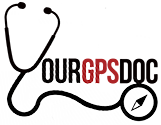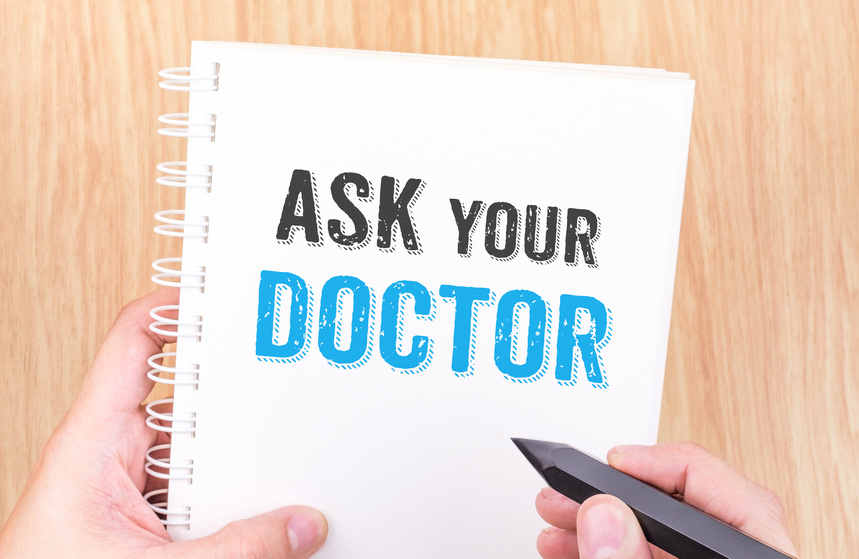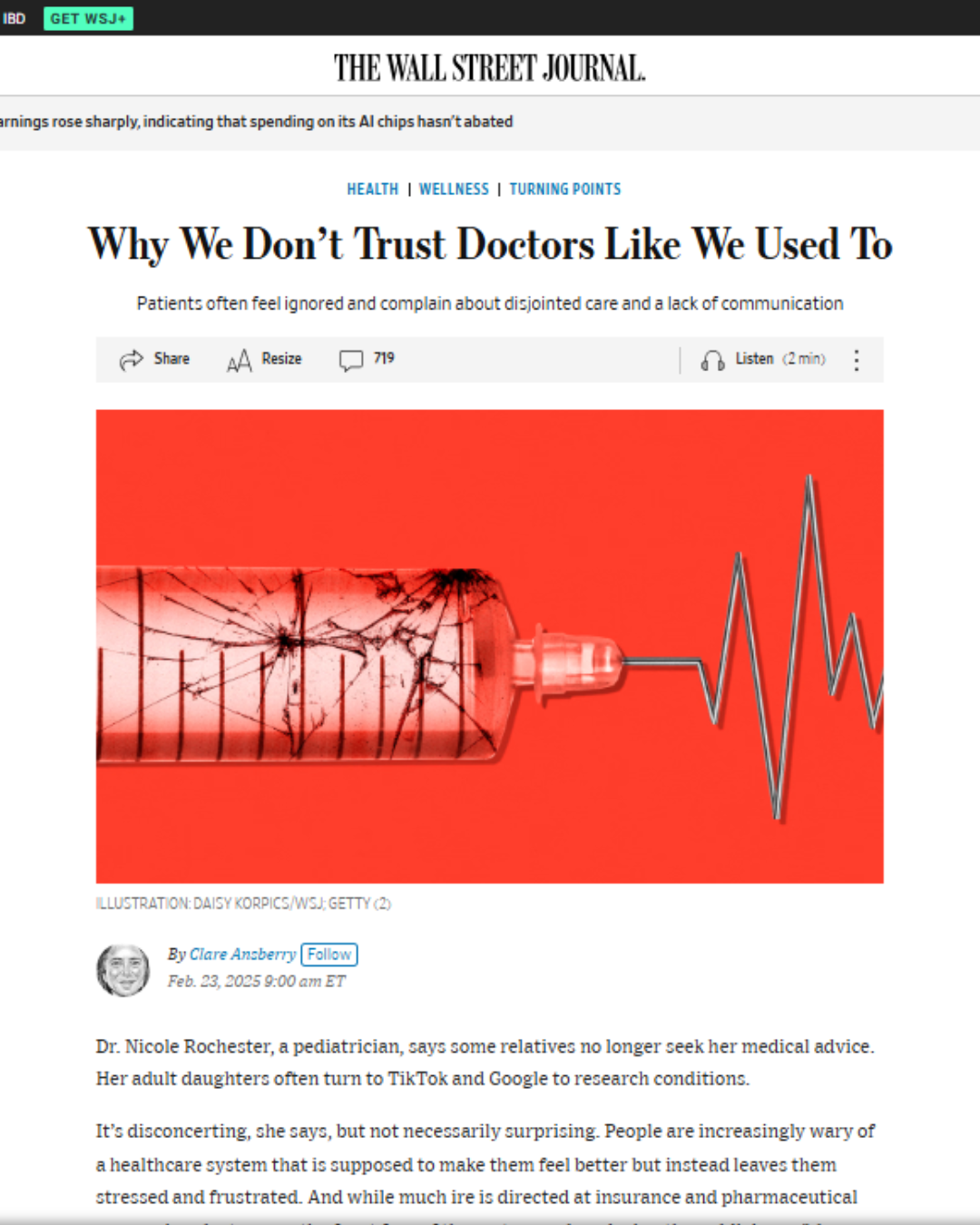Part 2 of a 3-Part Series in recognition of Health Literacy Month
Imagine being placed behind the wheel of a brand new car. Sounds really nice, right? Now imagine you are only 13 years old, you haven’t taken a single driver’s education class, and you have no idea what to do. Unfortunately, this is often what happens in doctor’s offices, hospitals, and emergency rooms. Patients are bombarded with lots of information but are sometimes baffled as to what it really means. Just as driving a car without proper training can be a life-threatening experience, trying to navigate your health care without clear directions can be extremely dangerous.
The National Patient Safety Foundation (www.npsf.org) developed a health literacy campaign, “Ask Me 3”, to encourage patients and family members to ask their health providers 3 specific questions in order to be active participants in their health care. In part one of this series, I reviewed the first question you must ask at every doctor visit- What is my main problem? In this article, we will discuss question #2.
Question #2- What do I need to do?
After you’ve received a thorough explanation of your diagnosis in language you can understand, the next step is to ask what the doctor is recommending for treatment of your condition. While the doctor is the one who will make the recommendations, you will be required to carry them out. Numerous studies have shown that the majority of individuals discharged from hospitals and emergency rooms do not understand their discharge instructions. We healthcare professionals become frustrated when patients return to our offices or to the hospital for the same problem, and we discover that they are not following the instructions they were provided. However, we rarely stop to consider that the patient may not have understood what they were told or did not have the capacity to carry out the recommendations. Before you end an encounter with your doctor, make sure you understand what you need to do.
There are 4 key elements of your treatment that you should fully understand:
-
Medications
Depending on your diagnosis, your doctor may recommend prescription and/or over-the-counter medications. Make sure you understand the following:
- The purpose of each medication (what the medication does)
- How the medication is to be taken (dose, frequency, with food or on an empty stomach)
- Side effects
- Potential interactions with other medications or foods
- Duration (will you take it indefinitely or should you stop the medication after a defined time period)
For more information on how to take your medications safely, be sure to read “How to Take Your Medications Safely” and click here for a useful medication worksheet.
-
Diagnostic tests
Your doctor may need more information to confirm your diagnosis or to determine the best treatment options. These tests may include laboratory tests, X-rays, CT scans, or MRI, scans. Unless you are told otherwise, it is important that you get these tests performed as soon as possible. Be sure to ask your doctor if there are any special instructions (such as the need to fast).
-
Consultations with specialists
Some conditions will require your doctor to refer you to a specialist (like a neurologist or endocrinologist) for additional testing and/or treatment. As with diagnostic tests, it is important that you do not delay in following through with this recommendation. Many specialists have busy schedules and may not have an available appointment for months, so the sooner you call to make the appointment, the better.
-
Lifestyle modifications
While I have saved this for last, it is probably the most important aspect of your treatment and would be at the center of a billboard representing the question, “What do I need to do?” We now know that the majority of medical conditions, including many types of cancer, are the result of poor diet, high-stress levels, etc. As such, the treatment for most conditions will include lifestyle modifications. These modifications may include things you need to start doing (such as exercise) in addition to things you need to stop doing (like eating fried foods). These modifications can have a positive impact on the disease course and in some cases, allow you to stop taking medications.
During a typical doctor’s appointment, emergency room visit, or hospitalization, you will be given a lot of information in a short period of time. The information may be littered with medical jargon that is difficult to understand. In addition, you will likely be stressed out about your health and the outcome of the encounter. This is a recipe for disaster. It will be nearly impossible for you to remember everything, but if you ask 3 key questions you will build a solid foundation that will improve your ability to partner with your doctor and take charge of your health.
Quick review: Question #1: What is my main problem? Question #2: What do I need to do? Be sure to read the next article in the series for the final question.
This article is the second in a 3-part series in recognition of Health Literacy Month. Health literacy is defined as the degree to which individuals can obtain, process, and understand basic health information and services needed to make appropriate health decisions.” For more information about health literacy, please read my article, Do You Understand What Your Doctor is Saying to You?
Have you joined the Your GPS Doc Family? If not, please click here to receive notifications about new content as well as useful guides and additional resources only available to Your GPS Doc subscribers.








I just LOVE this blog! I feel like I have my very own guardian angel doctor looking out for me All the time! The weekly insight and guidance in every article is absolutely priceless to me and I feel more empowered with every read. Thanks so much, Dr. Nicole! This is an amazing thing you’re doing. You’re my angel with a stethoscope! 😊
Thank you so much, Celeste!”Angel with a stethoscope”- I love it!